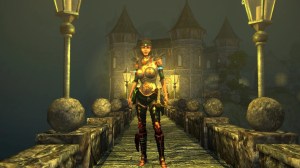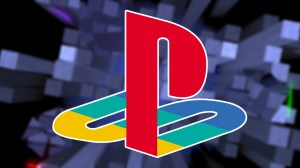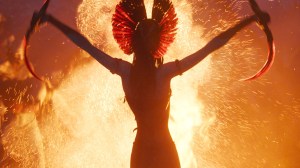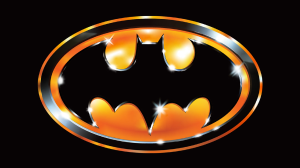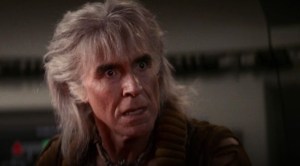Shōgun’s story was built on the prospect of imminent war between a once-peaceful council of Japanese lords, following the death of their master. Viewers turned in each week to see how Lord Yoshii Toranaga (Hiroyuki Sanda) would try to outmaneuver his foes, and secure the loyalty and obedience of his followers, as odds and allegiances shifted. However, the decisive battle for control of Japan was always something the show would need to address – but few viewers could’ve guessed it would be handled in the way it was.
Videos by ComicBook.com
(WARNING: SPOILERS FOLLOW)
Shōgun Episode 10 “A Dream of a Dream” brought the series (season?) to a close by showing the power of absence. Lady Mariko’s (Anna Sawai) death in Osaka castle shifted the entire socio-political outlook on both Ishido and Toranaga, helping the latter secure an assured victory through new allegiances, before a single sword was ever drawn.
In the climactic scene of the series, Toranaga stands alone with his traitorous vassal Yabushige (Tadanobu Asano), overseeing the ritual suicide act of seppuku. With no witnesses around, Toranaga confides in Yabushige about how he’s already won the war, thanks to Mariko, who was his real “Crimson Sky” sacrificial queen, while Blackthorne was a mere distraction. As Toranaga explains to Yabushige how events will play out, we get flash-forwards (imaginings?) of Tornaga on the battlefield, and Ishido in the moment of realizing he has been beaten, before the battle even begins.
That mental vision is the only “battle sequence” that Shōgun gives to viewers, and the creators of the show, Rachel Kondo and Justin Marks are explaining why.
Why Shōgun Didn’t Show The Battle Between Toranaga & Ishido

In a new interview with Mashable, Rachel Kondo and Justin Marks described why including Shōgun’s climatic “Battle of Sekigahara” felt dishonest to the kind of show they were building.
“We.. have to be honest with ourselves and honest with our story if we’re going to tell a good one, and I felt like [including the Battle of Sekigahara] was a little dishonest to the story,” Marks explained. “Because what it would end up being would be a lot of moments that would absolutely be in the trailer for this show. It would not be where our heart was and where the audience’s heart was for where the story ought to be. So we chose to honor that.”
There is a lot of truth in that statement: Shōgun has been compared to Game of Thrones since the moment the first trailer dropped. That comparison already set up certain unfair expectations that Shōgun would have an epic “battle episode” like GoT; if trailers had promised that kind of action spectacle, it might have totally up-ended the deeper and more complex thematic narrative the show was focused on.
As the Shōgun showrunners point out, the original novel’s author, James Clavell, didn’t even include the Battle of Sekigahara in the climax of his book, except as an epilogue footnote, which confirms Toranaga’s victory over Ishido, and his rise to becoming Shōgun. So why should the TV adaptation add filler of a battle sequence the book didn’t even feel was worth covering?
“Even in the book, I was reading it and getting to the end and wondering, “How many pages are left? Are we really going to miss out on the battle?” And then there it is: It’s mentioned in the last paragraph of the final page,” Marks continued. “You’re just like, “Oh,” and I think that’s what Clavell wants us to feel. He wants us to think that we’re getting something in a certain way, and then to realize at the end that if we really thought we were getting that, we weren’t really watching what was happening.”
The climatic scene of Shōgun is indeed a character heel turn on the level of Keyser Soze in Usual Suspects. While many characters (and we viewers) were distracted by all the treachery and drama, no one saw Toranaga’s true plan taking shape – because no one imagined his heart was truly so hard as to sacrifice anything and anyone to win.
While that kind of resolution hits hard on a character and thematic level, there will inevitably be some viewers who are disappointed we didn’t get to see a large battle on sea and land. Marks and Kondo admitted that they did consider going the action spectacle route at points – even if they ultimately didn’t do it.

“There were definitely conversations. I feel like when you say things like “the Battle of Sekigahara on screen,” I feel it in my bones, how painful it would be to shoot that. We’d still be shooting it!”
That all said, Rondo and Marks acknowledged that they understand why some fans will feel differently about not getting the payoff of a full battle sequence or episode
“At the same time, I get [the sense of wanting the battle to play out], and I feel like sometimes maybe James Clavell felt that, too,” Marks admitted.
The showrunners did end up getting some important validation about how to end the show – from the Clavell family:
“We were talking to Michaela Clavell, his daughter and an executive producer on the show, and she was saying, in her memory, her father did want to get the story there. Then he got so preoccupied and in love with the characters who were already there, with Mariko especially and Blackthorne, that he got to the end and said, “You know what? The story is done. I told this story.”
Shōgun is streaming on Hulu.

